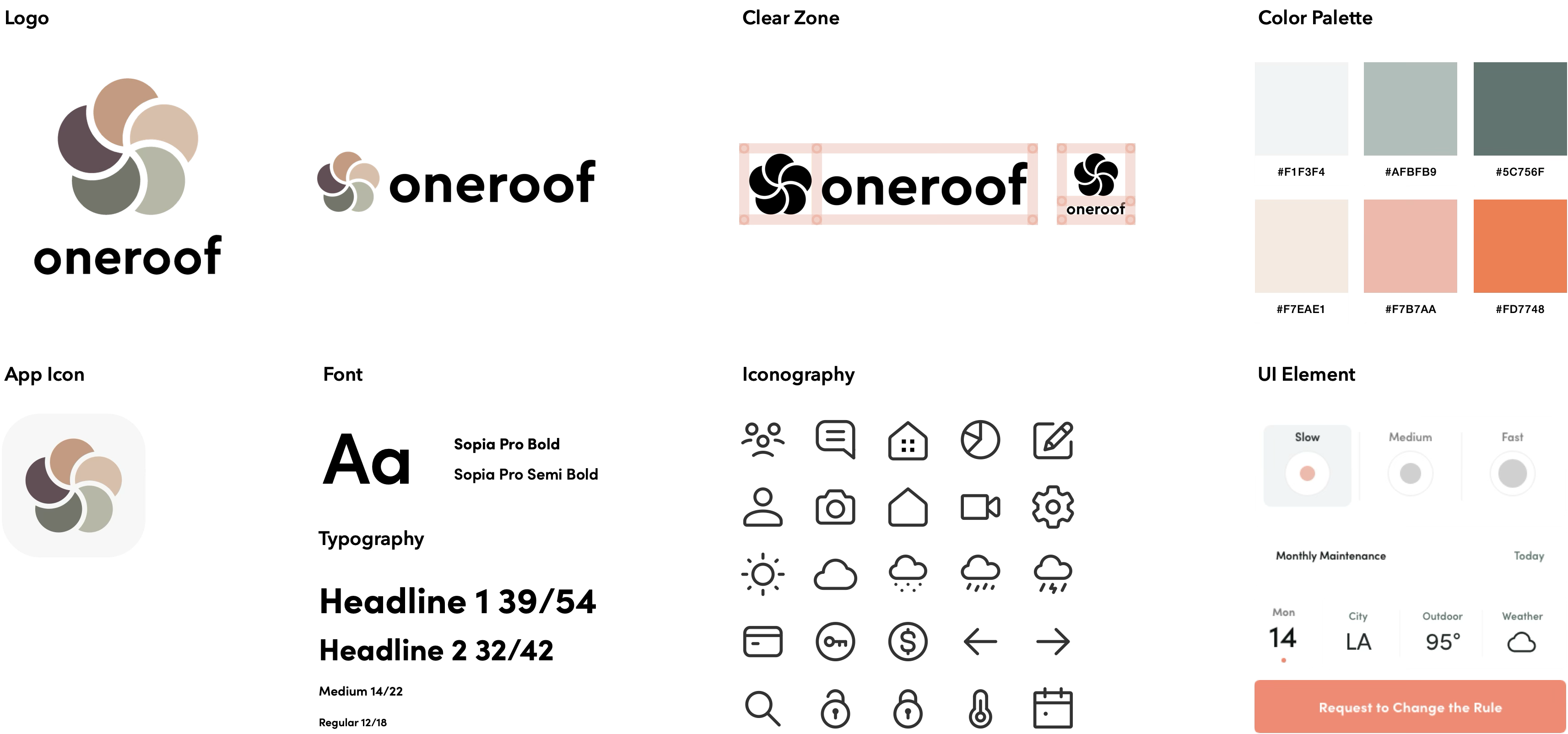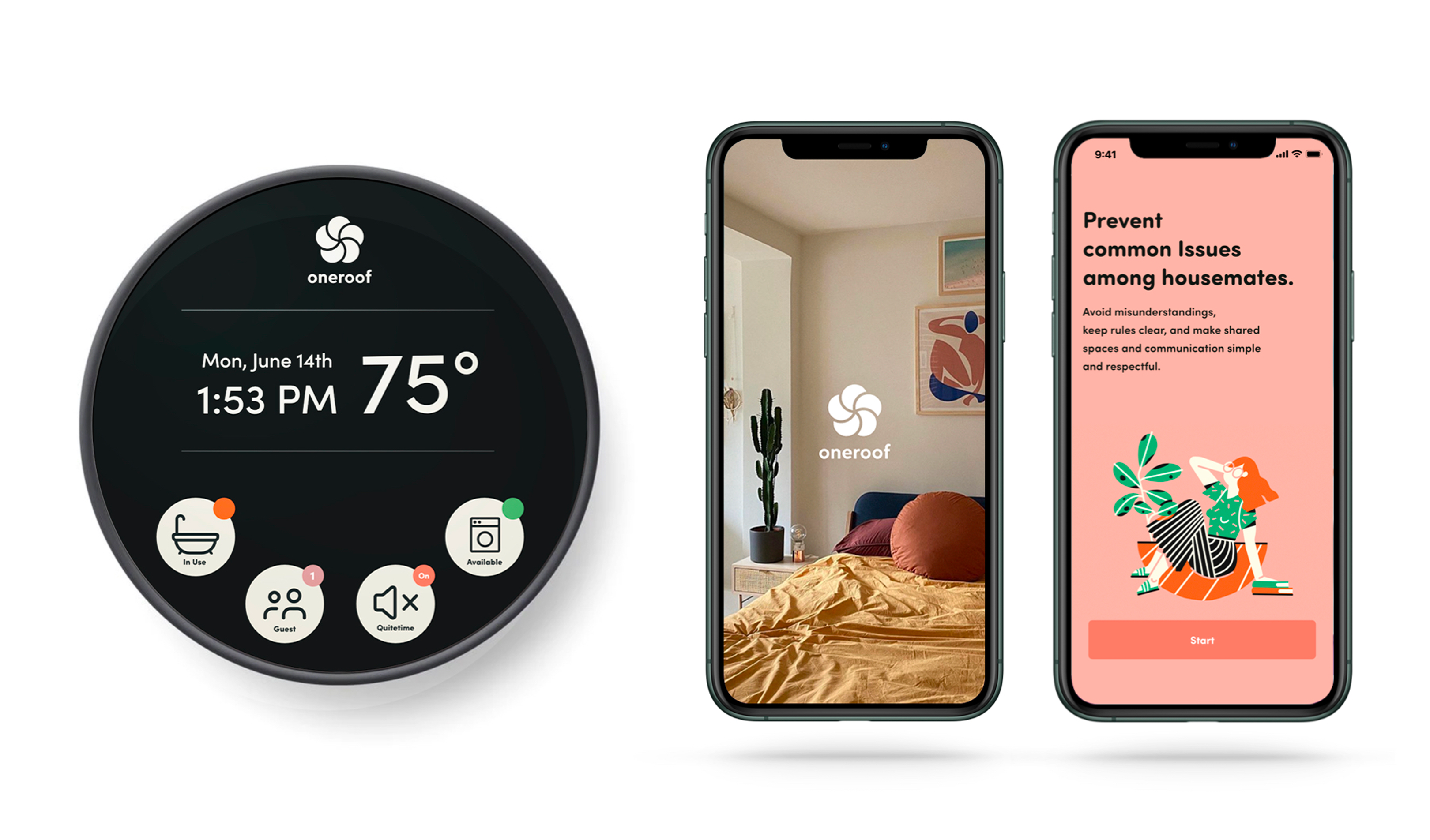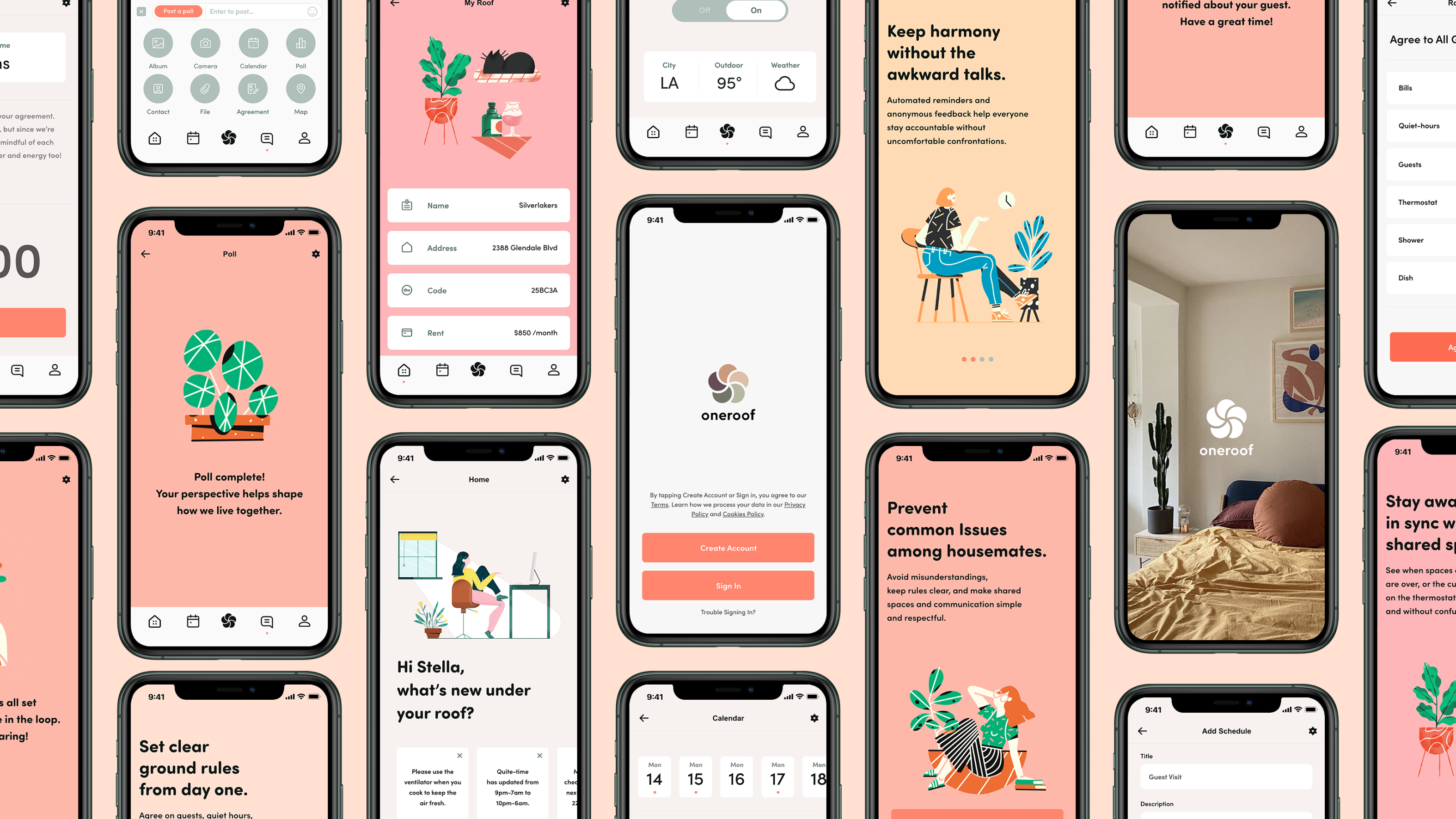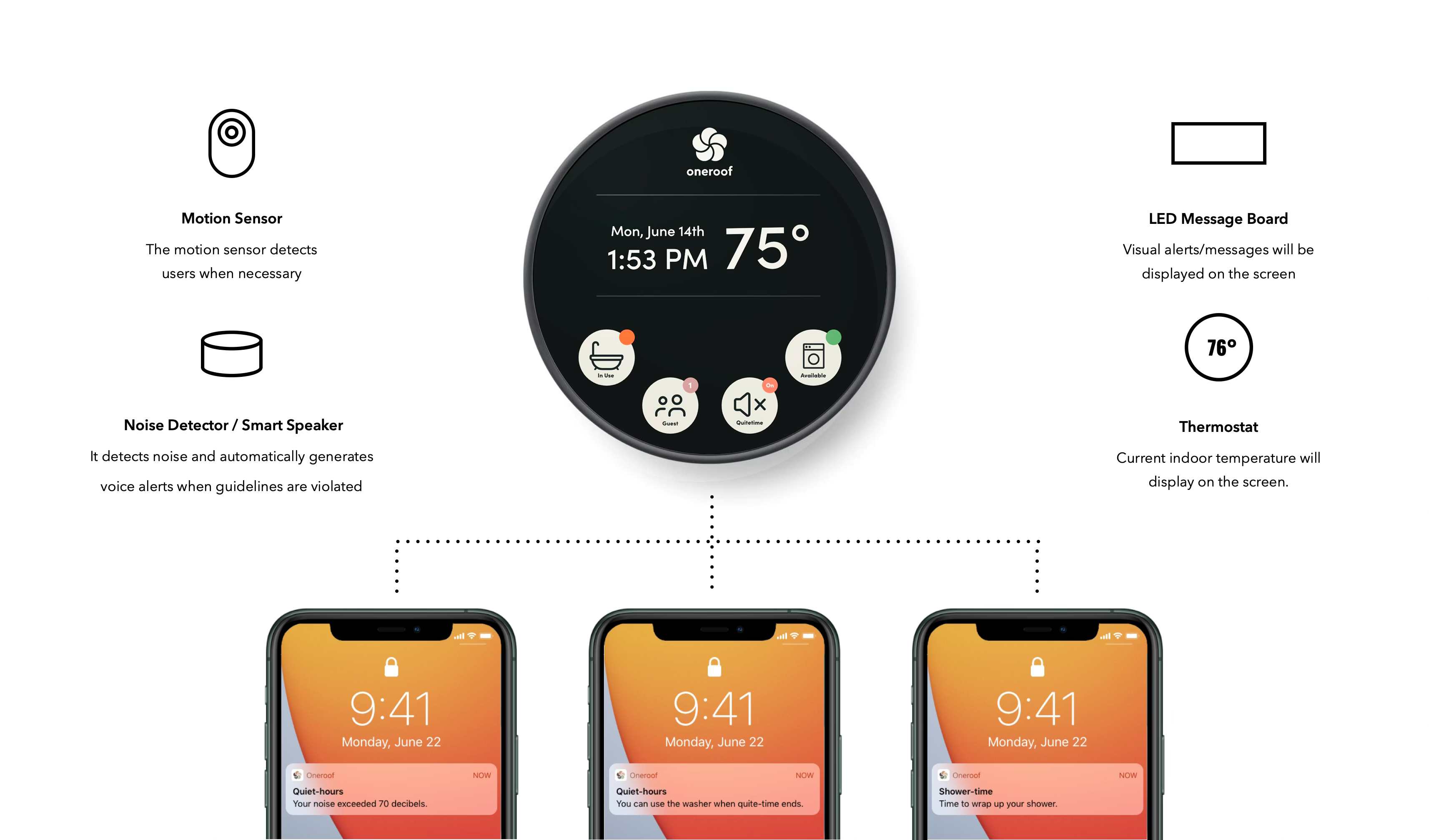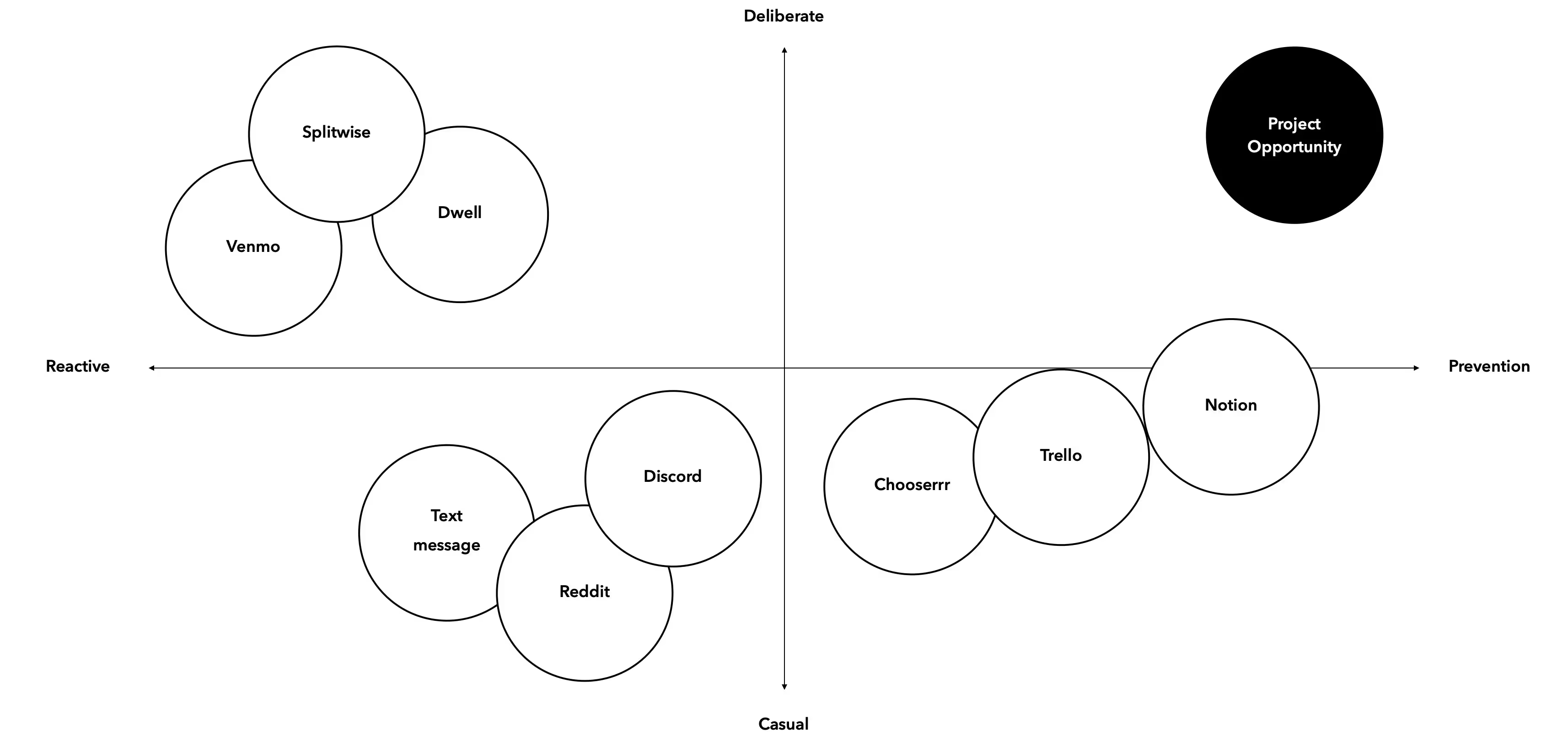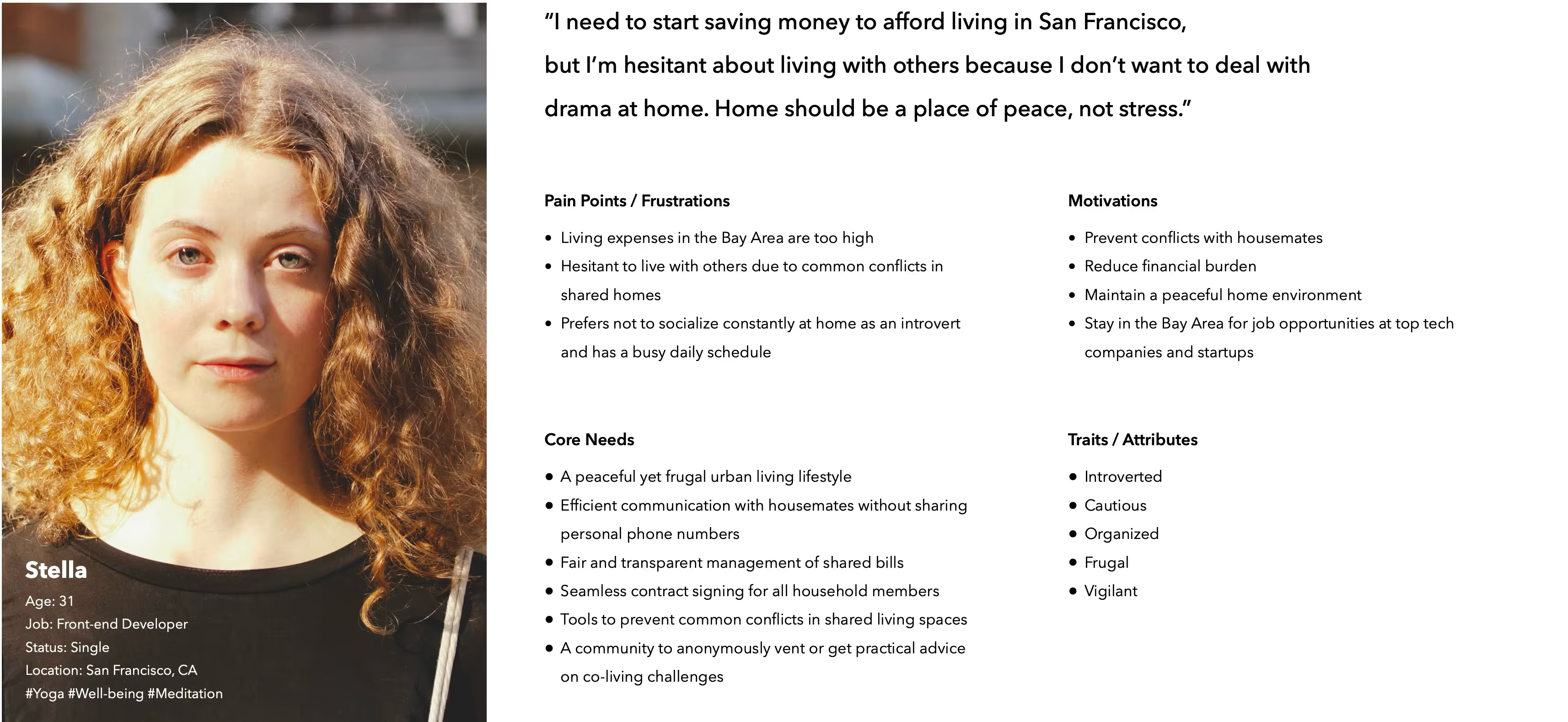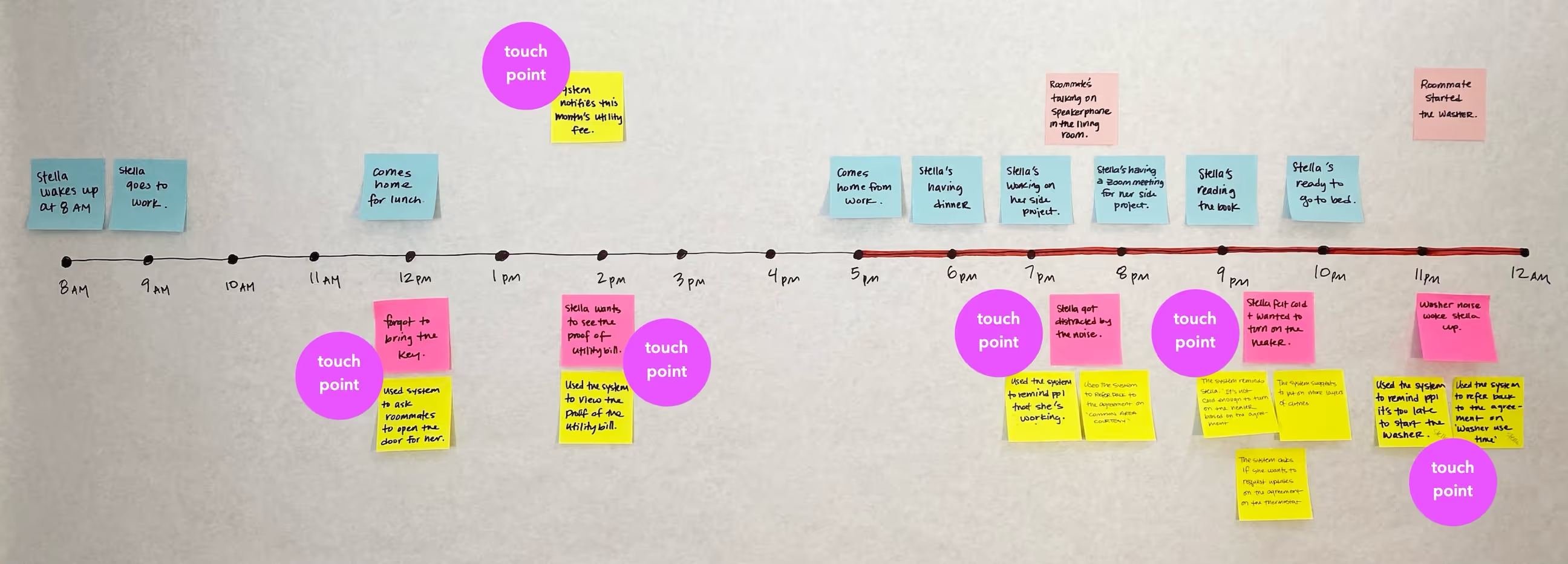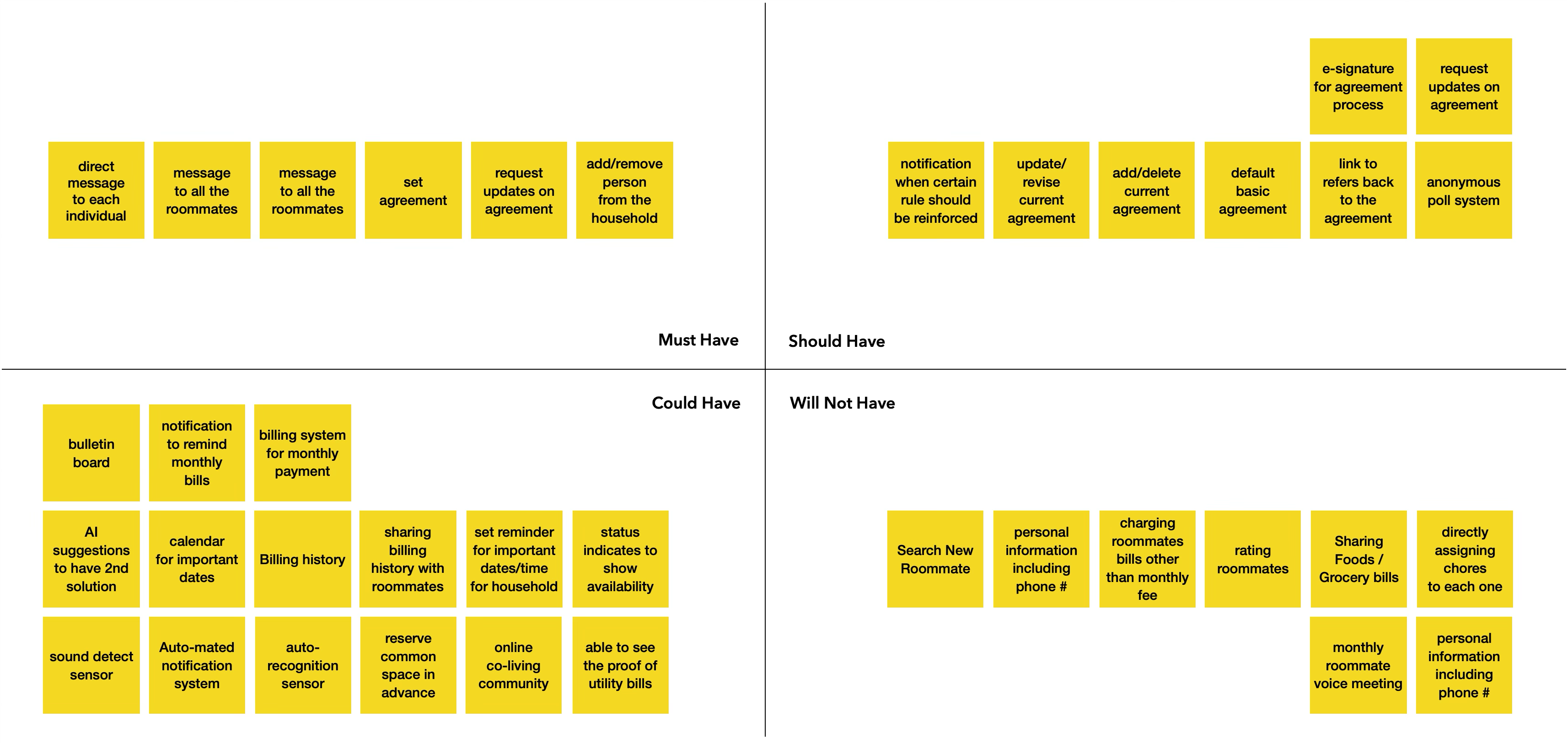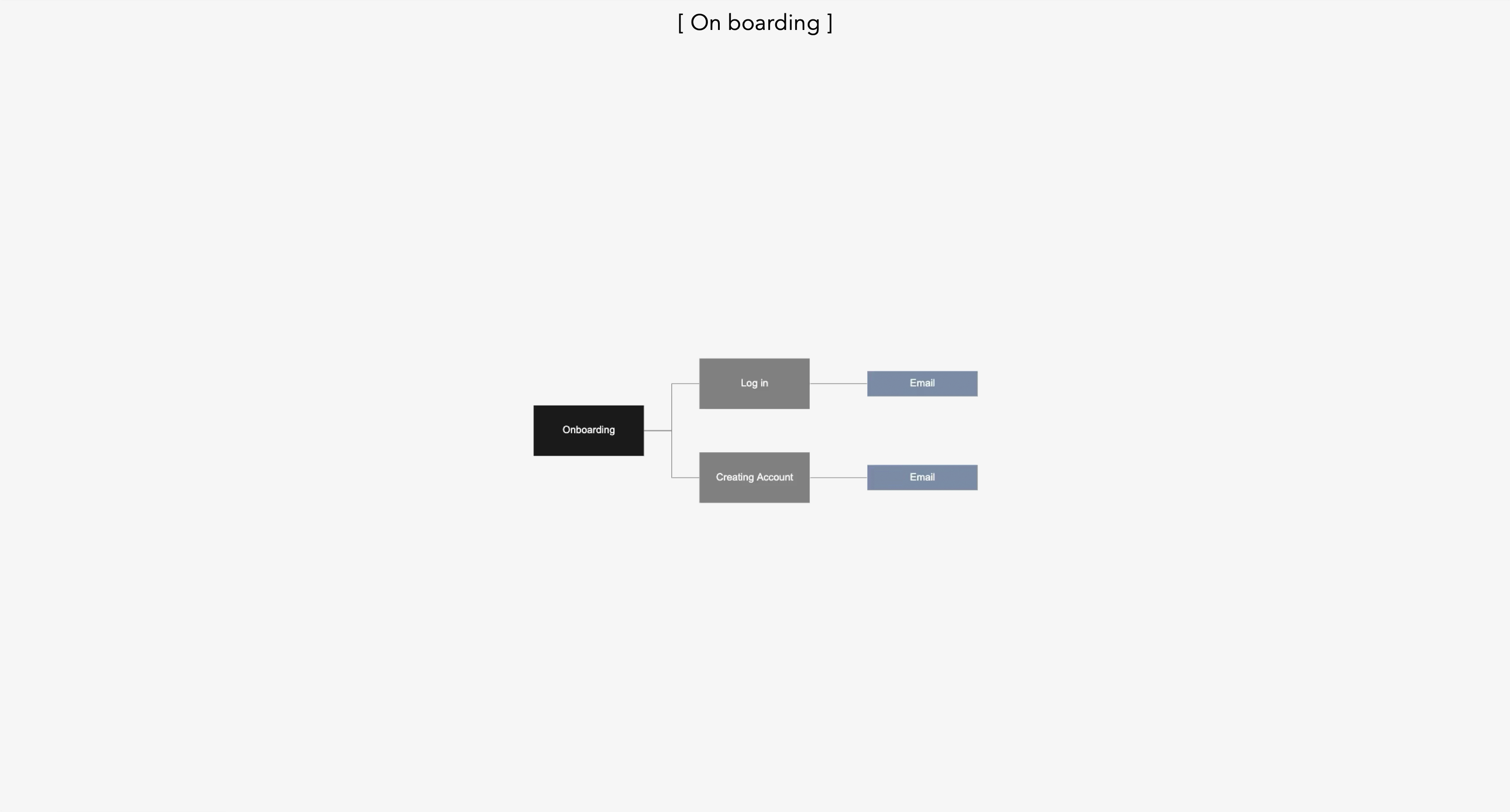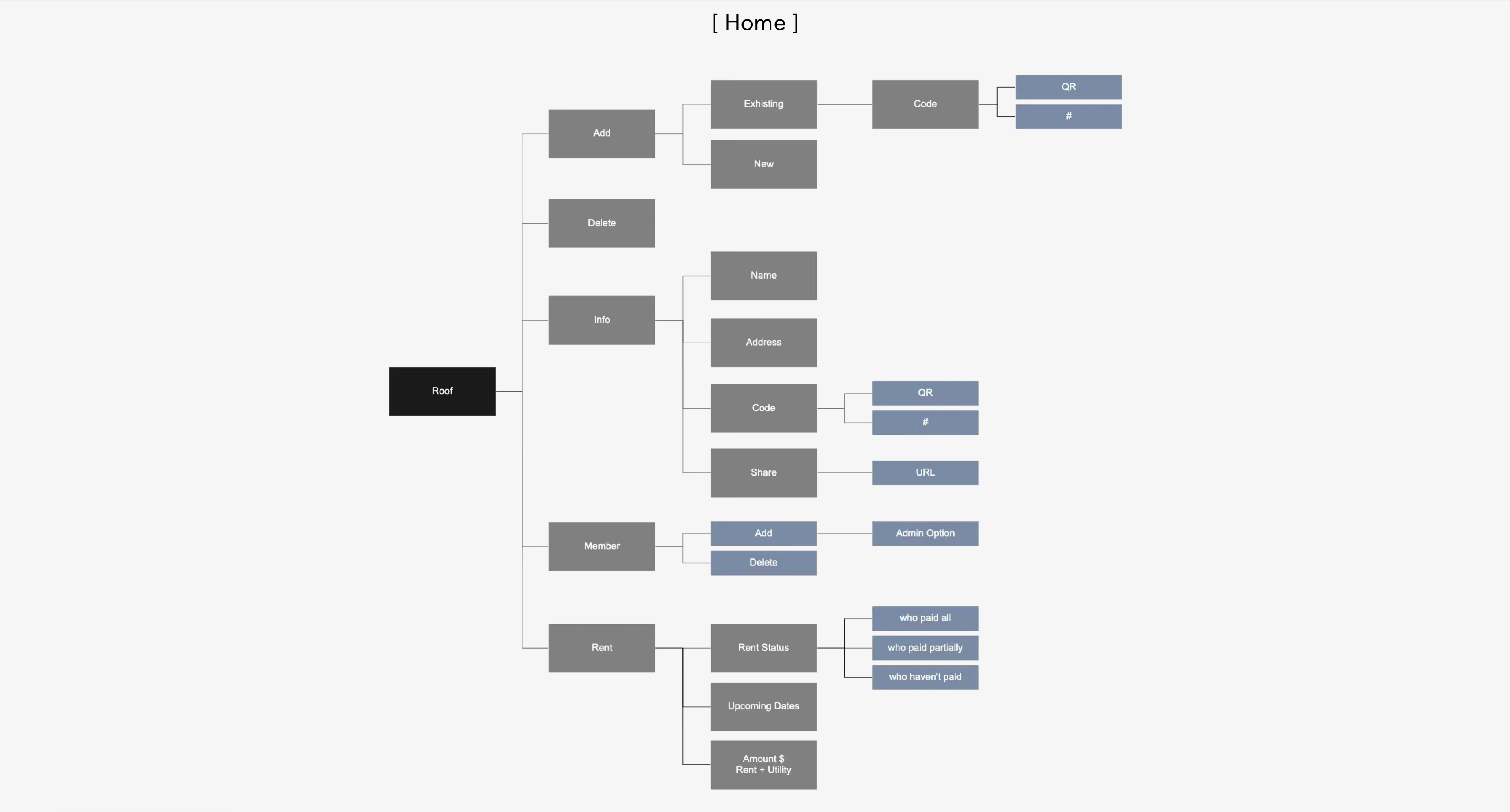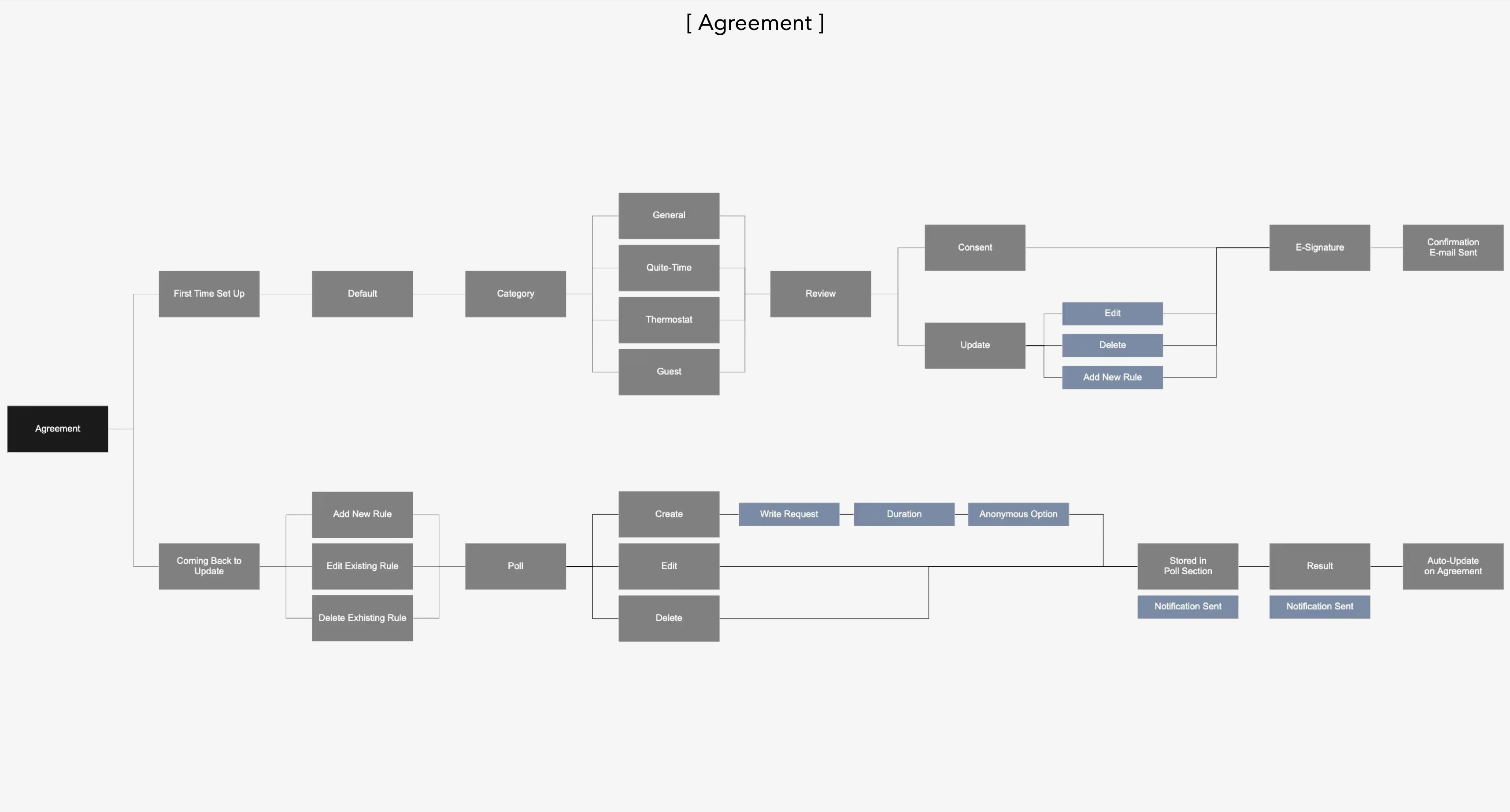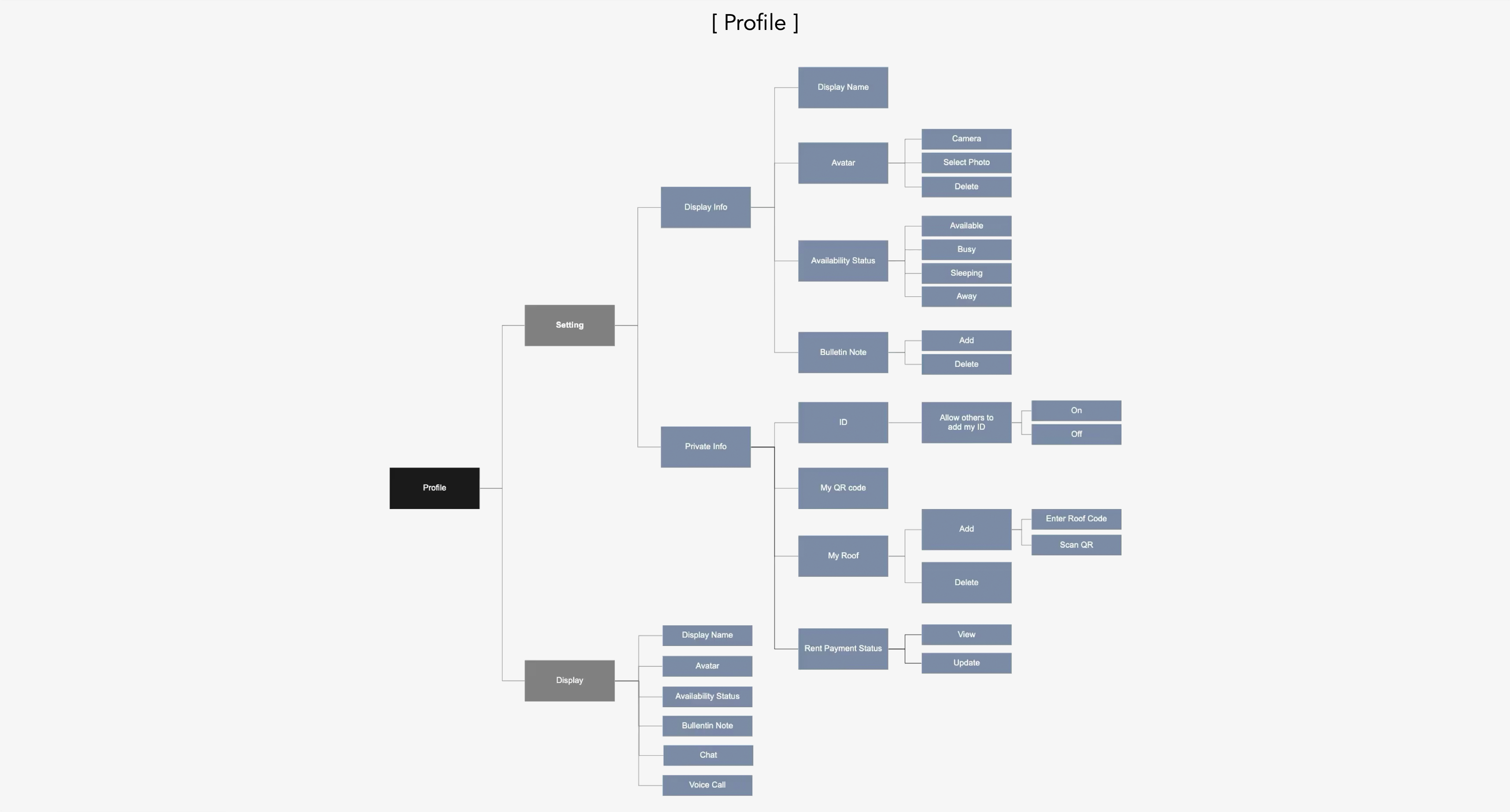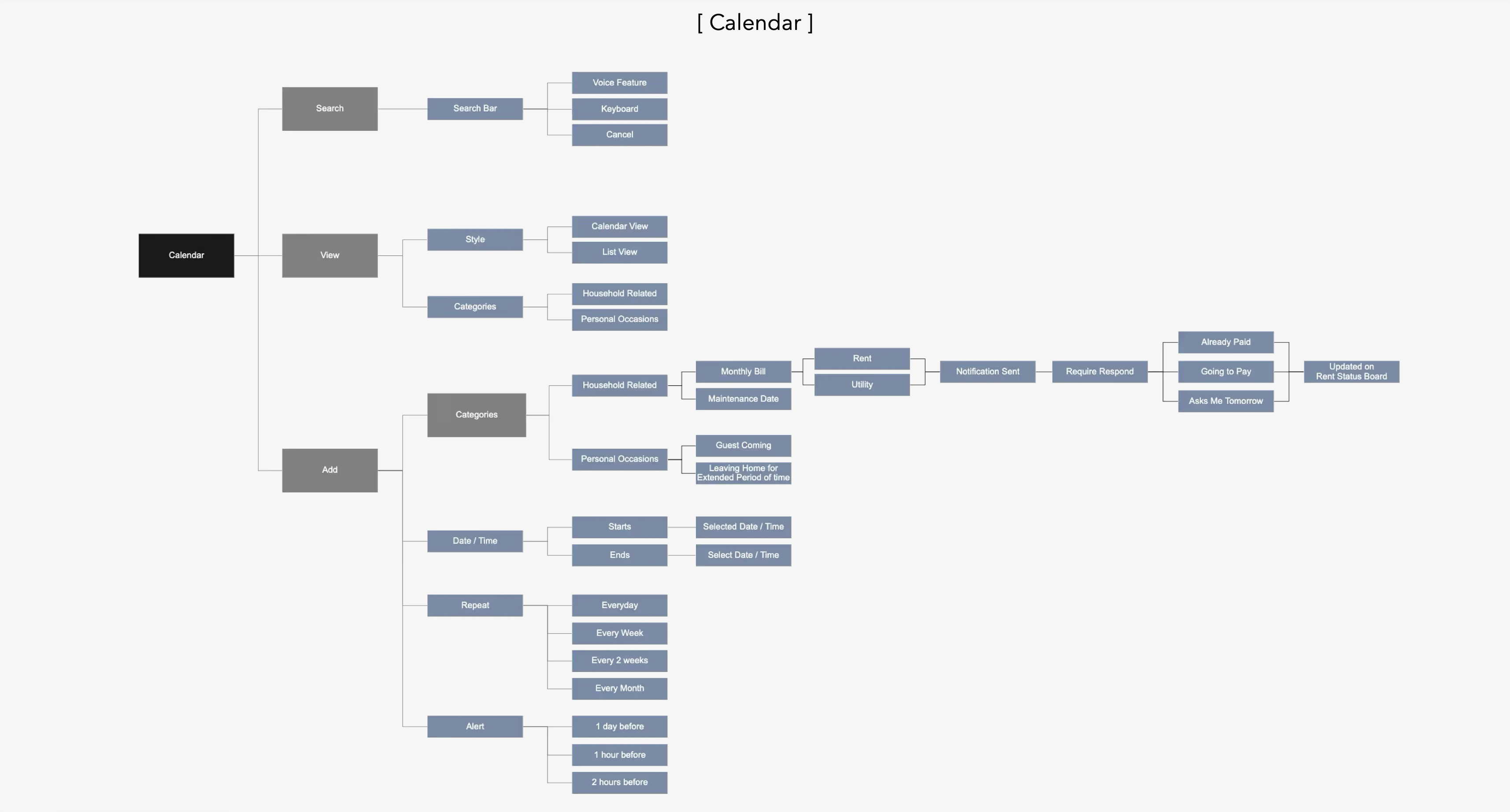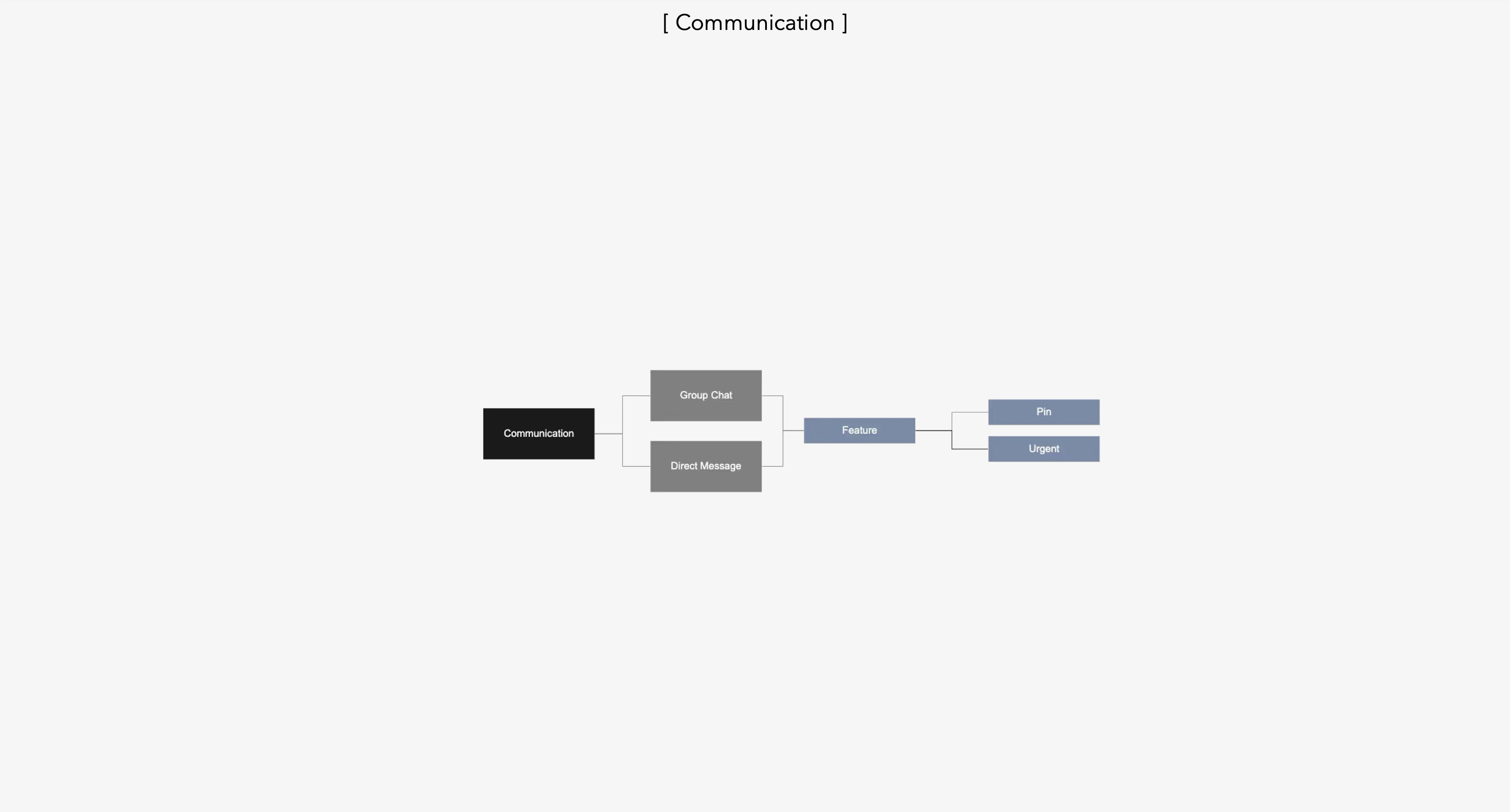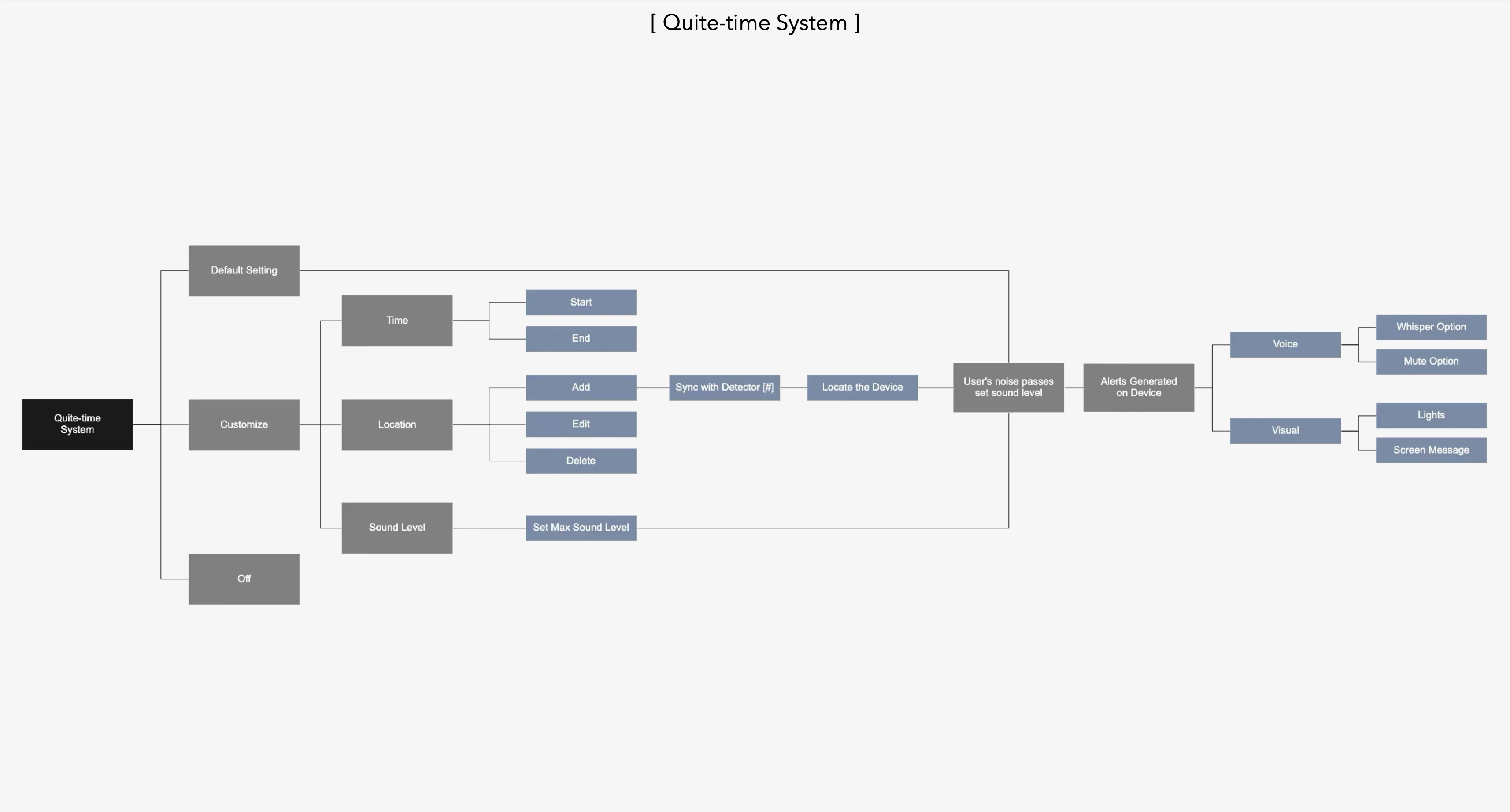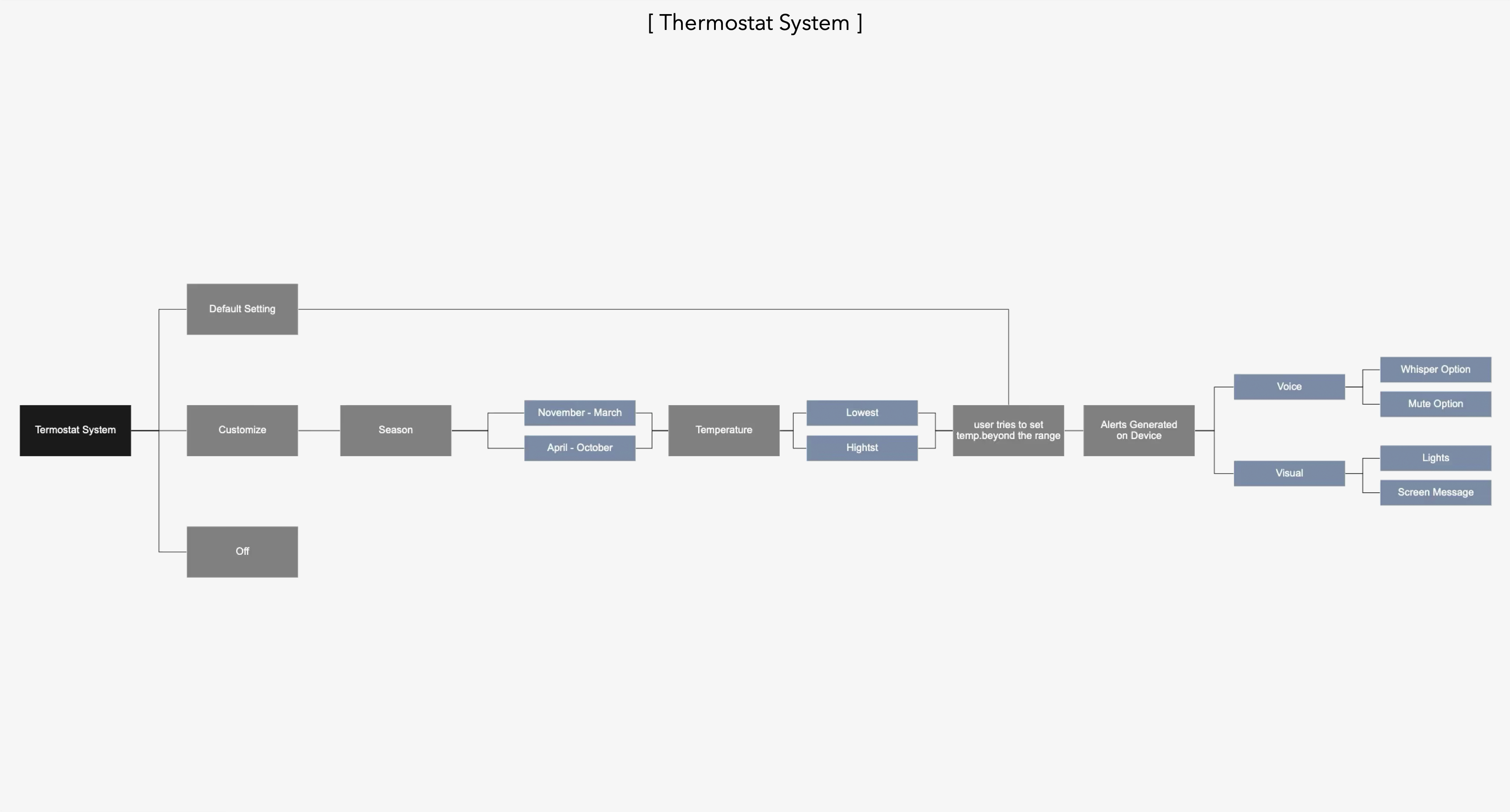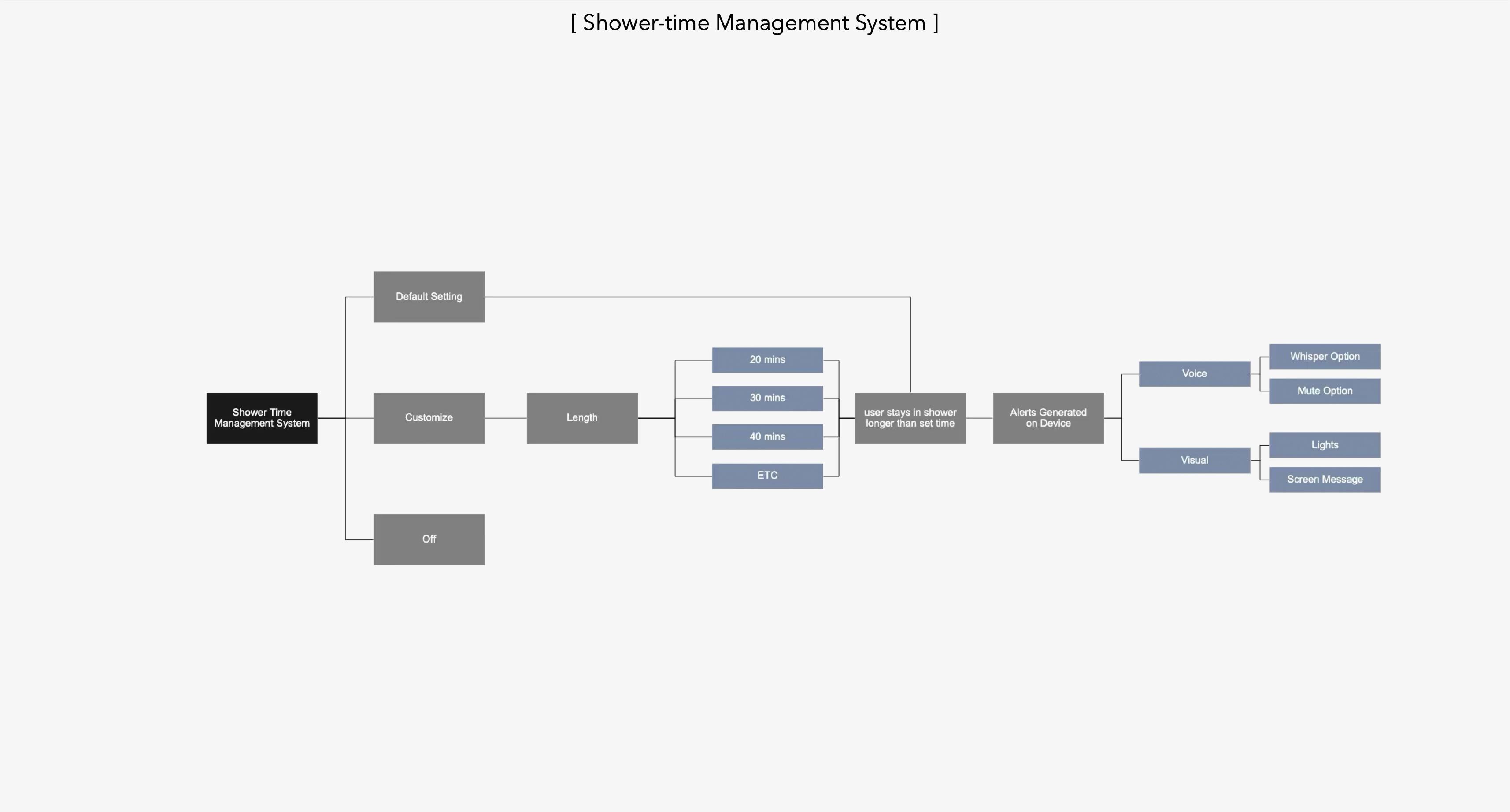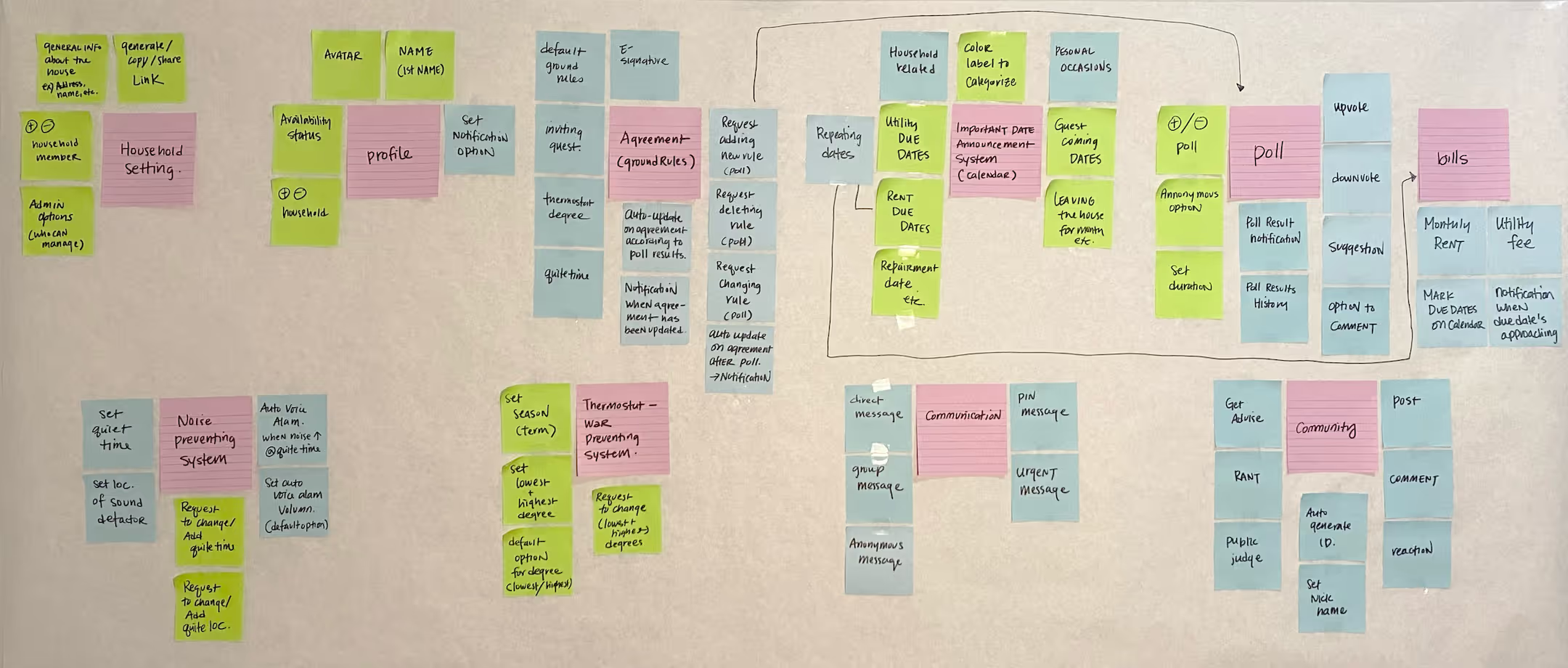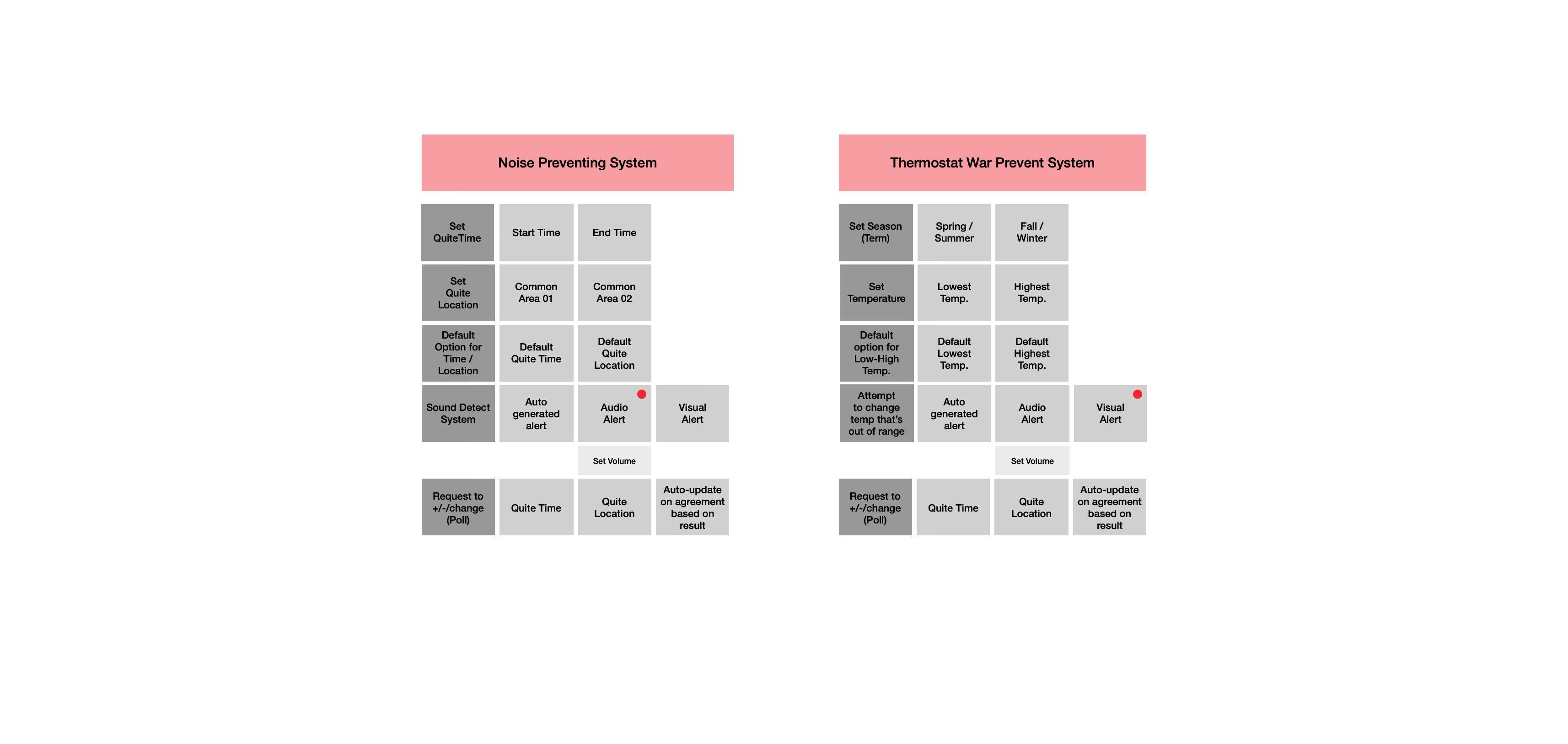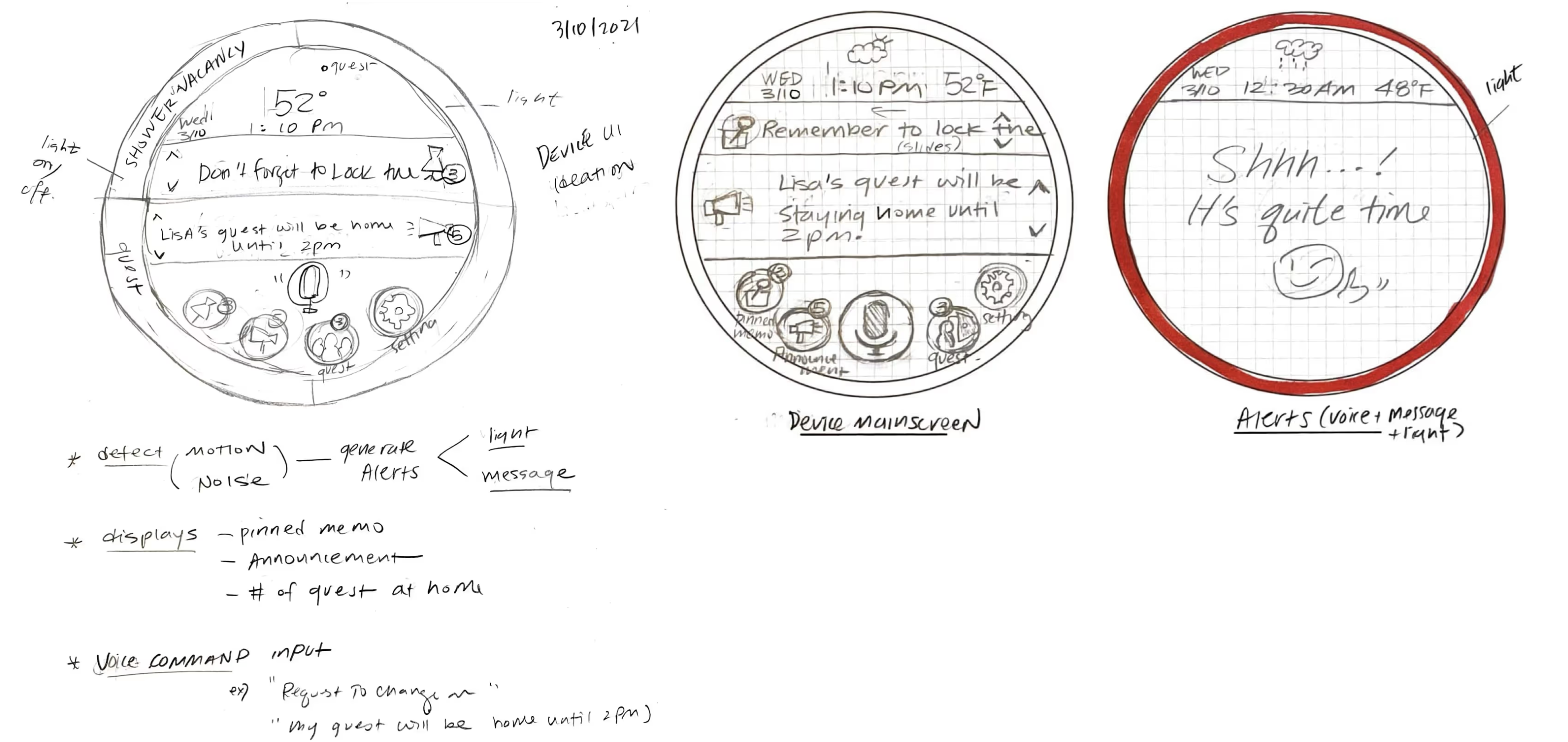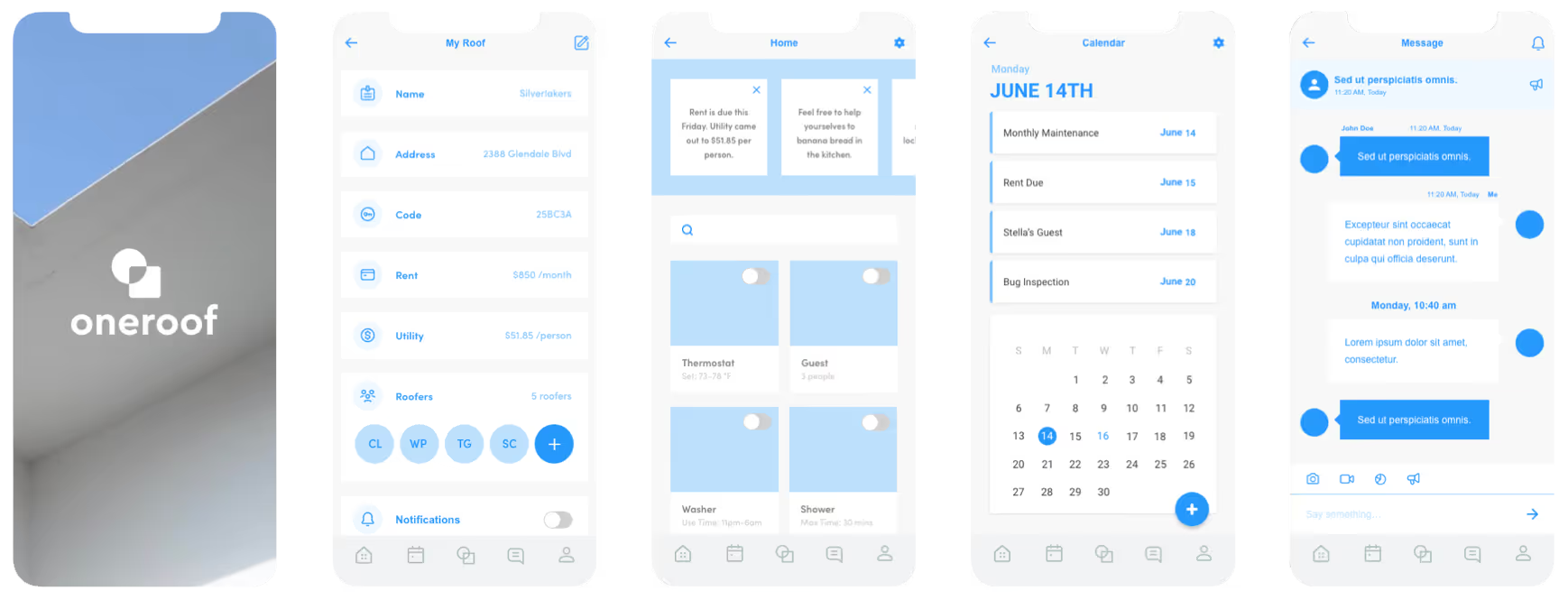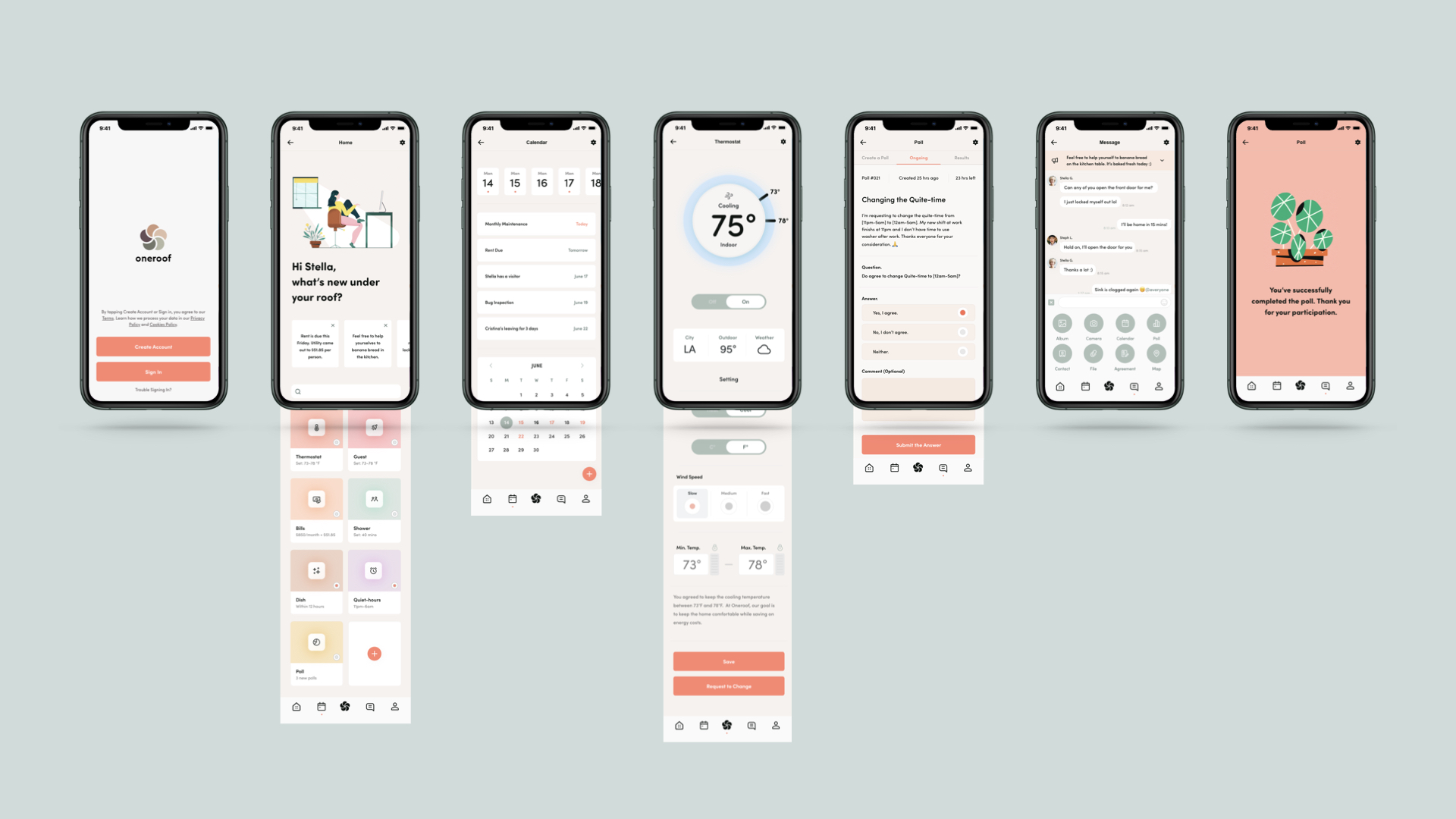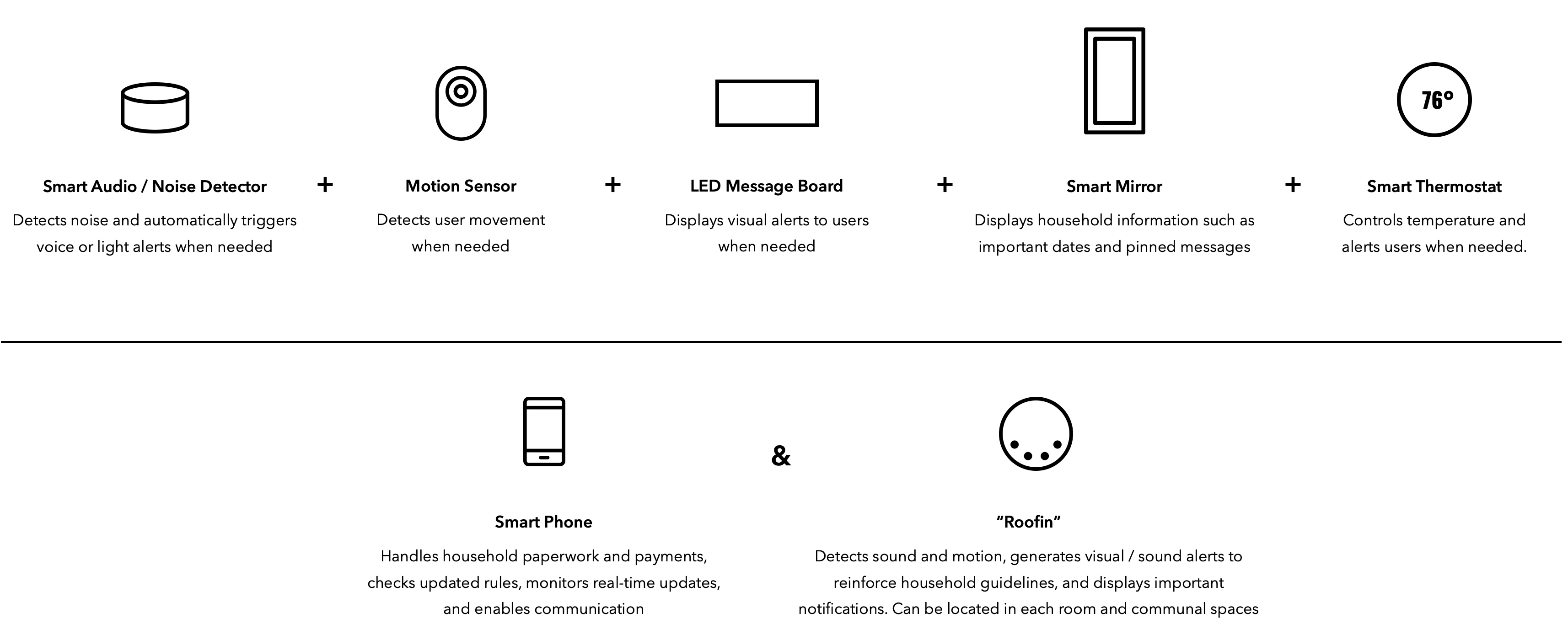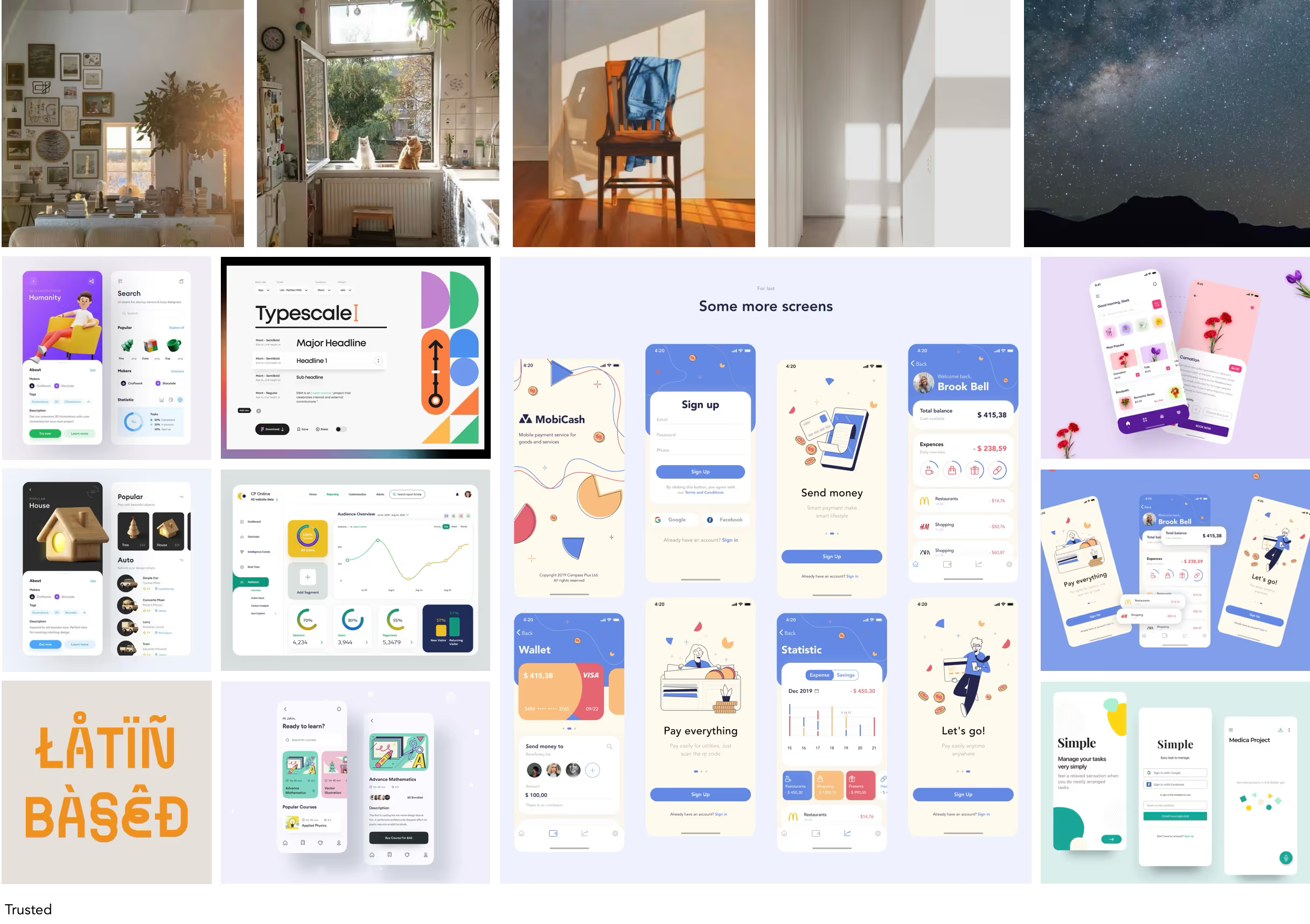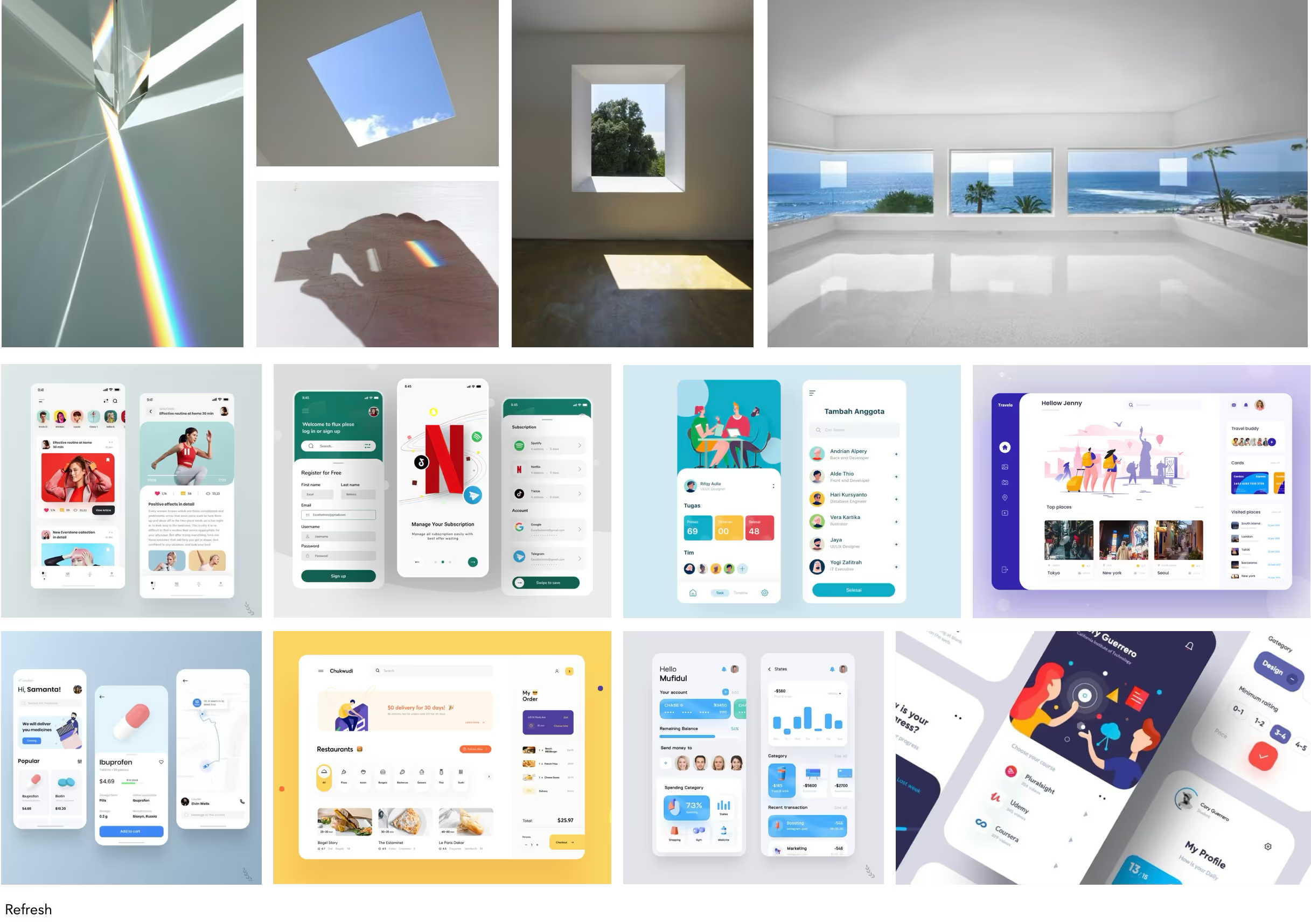Timeline | May - Aug 2021 (12 weeks)
Tools | Adobe XD, Figma, Adobe Illustrator, Keynote
Mentor | Sanghoon Kang, Brian Boyl, Myles Larson

Oneroof is a smart co-living system for young professionals in high-rent cities. It helps housemates set clear expectations from day one, enforce house rules without awkward confrontations, and stay aware of shared spaces in real time. With Oneroof, co-living becomes peaceful, respectful, and reliable.
Context
In cities like San Francisco, New York, and Los Angeles, young professionals, especially in tech, creative, and startup roles, often work contract-based jobs. With high living costs and limited savings, committing to a long-term lease can feel risky. Co-living offers a lower-cost, flexible way to start a life in the city.
However, sharing a home with strangers brings common challenges: unclear expectations before moving in, awkward confrontations over house rules, lack of visibility into shared spaces, and constant or invasive communication that can compromise privacy and boundaries. Oneroof addresses these challenges by helping housemates set clear house rules and handle onboarding seamlessly, reinforce and adapt rules to reduce conflict, stay aware of shared spaces in real time, and communicate efficiently while respecting personal boundaries.
Pain points




A design challenge emerged....
How might we design a system that helps housemates set and manage rules, stay aware of shared spaces, communicate efficiently, and respect boundaries without awkward confrontations?
User Goals
To Set Clear House Rules + Enable Seamless Onboarding
Helps housemates agree on rules, including thermostat, guests, and quiet hours, and handle contracts digitally before moving in.
To Reinforce Rules + Reduce Awkward Confrontations
The system reminds housemates of rules, reduces awkward confrontations, and allows updates through anonymous votes and feedback.
To Enable Efficient Communication + Respectful Boundaries
Built-in messaging allows housemates to share updates without oversharing, send urgent messages, and choose how to receive notifications in the app.
To Provide Real-Time Awareness + Transparency
Shows shared space usage, such as bathrooms, guests, digital “fridge” updates, and thermostat settings, keeping daily life smooth and clear.


